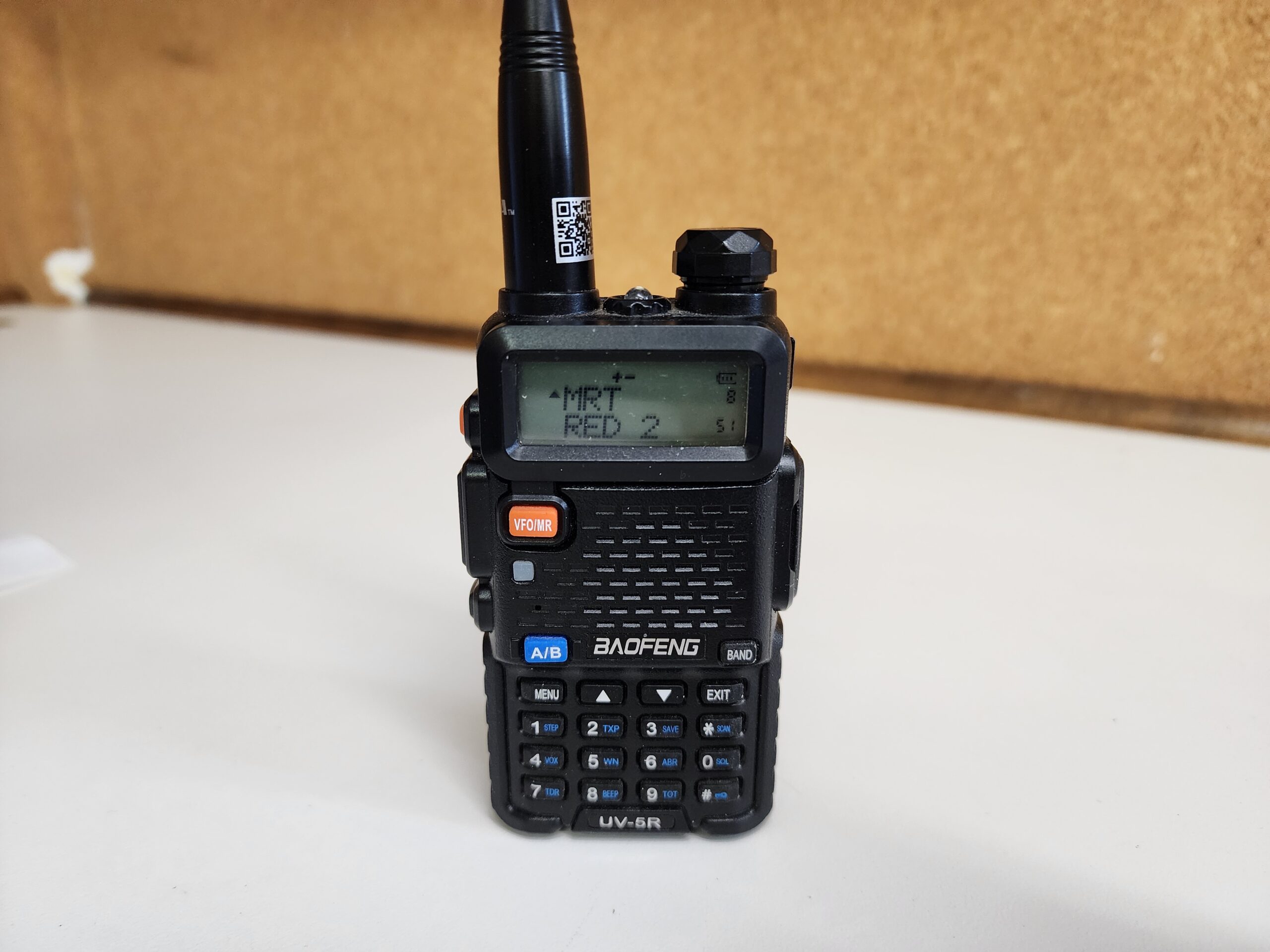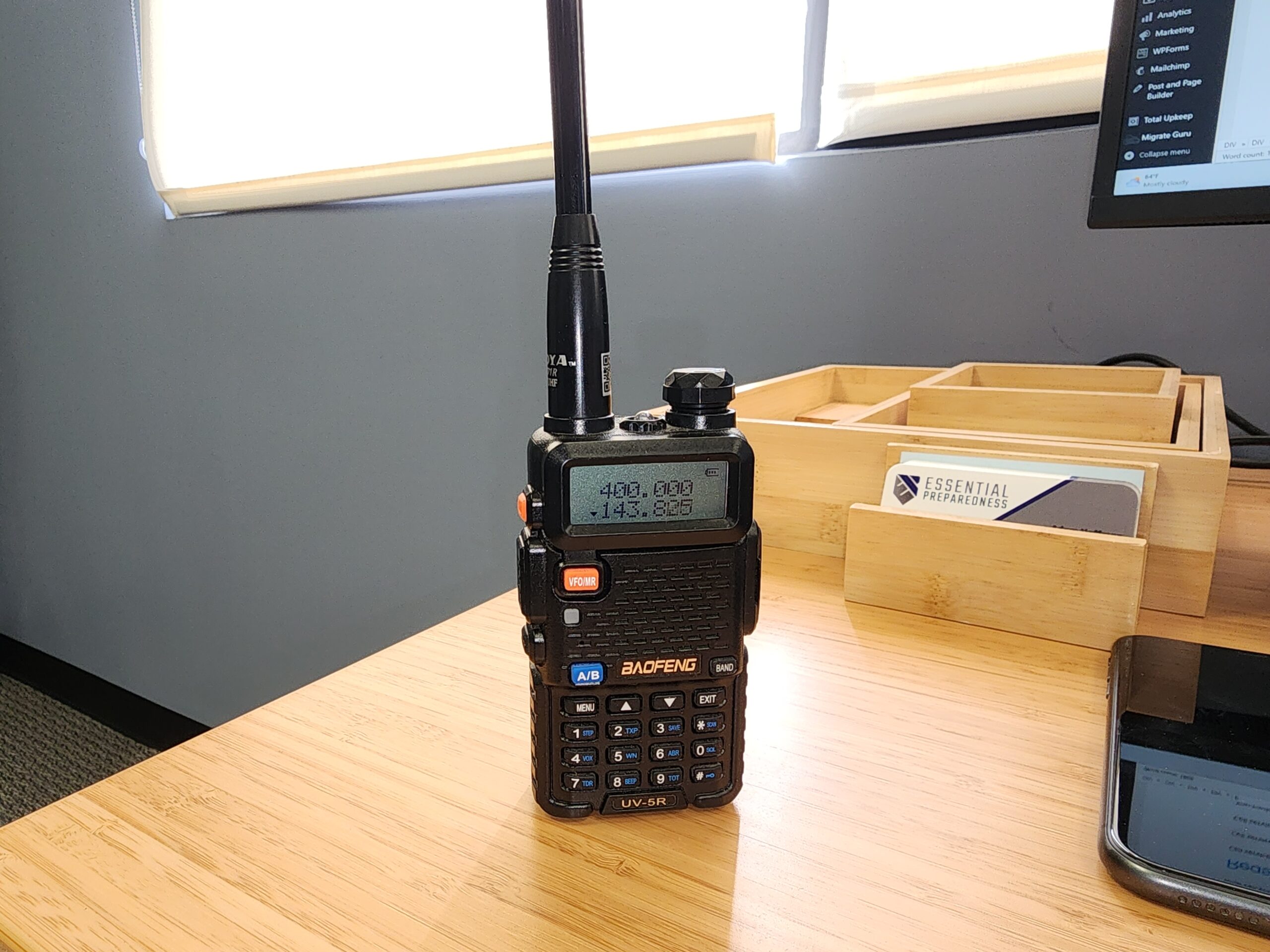Modern conveniences have made us forget what it was like years ago when you either had to be at home, or use a payphone to have a conversation with someone who wasn’t right next to you. If you are old enough, you might remember being able to make “collect calls” from a payphone if you didn’t have any change. Those days are long gone now that everyone is carrying a cell phone. Even landlines are becoming increasingly rare. But what happens when cell service is interrupted?
Early in 2024, there was a cell phone service outage that impacted everyone using AT&T service. While it did not last long, it serves as a reminder that we are far too dependent on our cell phones. During the outage, if you needed help on the side of the road, were trying to check in with friends or family, or had to call 911, you were out of luck. So, what can you do to break away from relying solely on cell service for your communication needs?
Reasons to consider alternative communication options
Cell service can be attacked
Cell service can be shut off during an emergency
Cell service can be over loaded during an emergency
You could be in an area without cell service during an emergency
Cell phones can break or run out of batteries
Cell phones are easily tracked (if you’re concerned about that sort of thing)
What are the options?
There are 5 alternative options I know of that will be useful if cell service goes down. I have ranked these options based on 3 categories. First is usefulness. How far away can you clearly communicate with another person. Second is ease of use. How foolproof is it really. Third is cost. Can the average person reasonably afford to do this.
LORA
There is a decent option called LORA which is a digital packet radio system that allows you to send text and data wirelessly. These systems use a frequency band that does not have licensing regulations (as of now) and few restrictions on what you can use it for. Some have claimed to get between 10 and 20 miles of range with these if they are set up properly. The best thing about this system is that they can be linked together in a mesh network, and your range can be extended greatly.
One perk of a mesh network is that if you overlap signal coverage from multiple units, if one goes offline, the others will pick up the slack. One challenge is that you need to be a bit tech savvy to set up a network, and each person in your communication plan needs a device that can use it, and these devices usually have to be built. Another challenge is the cost. Setting up a mesh network will have you sourcing components such as transceivers and power supplies. You have to decide if you are going to run solar (expensive), or battery (needs to be changed more often), or grid power (units won’t work during an outage). Prices could go well into the thousands depending on the network you are building.
Sat Phones
Satellite phones are amazing. They work almost anywhere, and they use the existing phone system making their range potentially limitless. They work by connecting to the nearest satellite which then connects your phone to the nearest land based phone system. However, if there is bad weather, or you are in a location that blocks signal to the satellites, it might not work. Using one is a breeze. You receive instructions on how to use them when you buy one, but it is essentially a telephone, and you dial it like any other. The cost is what lands sat phones so low on this list. Aside from the initial investment, you will need a service plan. This keeps the average person out of the sat phone game, but if you can afford it, it would be a good option.
FRS
FRS, or family radio service, are the blister pack walkie talkies that you can buy off the shelf at sporting goods and grocery stores everywhere. They make bold claims about their range, and I have to admit that I fell for it years ago. I have some walkie talkies that claimed to have up to 60 miles of range. I knew nothing about radios, but I knew that I had been had when they wouldn’t reach from my house to my workplace ¾ of a mile away. They aren’t a good option for long range comms. Realistically, if you have good conditions for signal propagation and a direct line of site between the radios, you might get a few miles of range. More often than not, you will not find yourself in those conditions.
They are the easiest option to use on this list. They have access to 22 channels and some have NOAA weather channels programmed into them. There is little you have to know or do to be able to start talking. You only have to make sure that all units are on the same channel and, if applicable, the same privacy channel.
Most of these radios will be inexpensive and can be found almost anywhere. You can even find them used and get really good deals. Just make sure the battery compartment isn’t corroded if you do buy them used. Also, if the units you get aren’t rechargeable, you need to include the price of frequently replacing batteries when considering your options.
GMRS
GMRS is like the big brother of FRS. There are a few blister pack radios that claim to be GMRS and FRS, but there are big differences between the two. For starters, GMRS radios can transmit at a higher power than FRS radios. You can also get a mobile unit for your vehicle or home, with the right setup. While the handheld units on average are transmitting at 5 watts, the mobile units can put out up to 50 watts. You also get the added bonus of larger antennas that can be mounted higher. As you go higher, your line of sight increases, and so does your range. With a direct line of sight, and good weather conditions, a 5 watt handheld radio can probably make it 10 miles or so. A 50 watt radio will go much further. You also have another added benefit over FRS, with the option the talk over a repeater. This acts as a relay point that receives your signal, and sends it out thus furthering your range. Repeaters are normally set up at high points to maximize their range.
For all this extra range, you are going to have some difficulties. First, in order to transmit on a GMRS radio legally, you need to have a license which cost $35, does not require a test, is good for 10 years, and covers everyone in your household. Second, in order to get the range, you need to know how to set up the radio. Most will come with the channels pre programmed, but if you want to access repeaters, you will need to have the right “tones” programmed into your radio. A quick search of repeaters in your area will show which ones you can access and what settings you need to have in order to do so. You could also set up your own repeater if you wanted to.
Most GMRS radios are affordable, and they are a good option if you have a good network, and your friends or family or using it. A decent handheld can cost as little as $20 and will give you more range than an FRS radio. A mobile unit requires an external antenna and has to be hooked into your vehicle’s power system. This setup will most likely cost around $200 or more depending on which options you choose.
HAM
Ham radio is by far the best option on this list, as you have access to longer range frequencies than you can get on GMRS. Ham radios have an extensive network of repeaters, and people have made contact with radios halfway around the world. In certain conditions, at the right frequencies, you can transmit point to point well over 1000 miles away. There are various laws in affect that limit the power of said transmissions, but it can be done well within those limits. With a little know how, you can also use satellites to relay your transmissions!
You will not get that kind of range, however, by simply plugging in a radio and pushing the button to talk. There is a lot to know about HAM radio before you can even start transmitting, and in fact, in order to legally use Ham frequencies, you need a license from the FCC. Unlike the GMRS license, this one comes with a test. You need to know how radio signals work, and the dangers involved in using them. That’s right, you can seriously injure yourself or someone else with the improper use of a high powered radio signal. That is why there are multiple levels of HAM licenses available. With each level, the knowledge you need to pass the test increases. If you are wanting to talk halfway around the world, you need to know what you are doing, and set your radio up in the right way to do it.
The cost is relative to what you want to get out of it. You can get into HAM for around $60 if you go for a cheap handheld unit and your license. However, you will need to program your radio in order to get the most out of it. If you’re interested, we offer an inexpensive handheld unit that can be preprogrammed for your area. On the other end of the cost spectrum, you can spend tens of thousands of dollars on radio equipment, and transmit up to a whopping 1500 watts! Most people find that they can get by with a good Handheld unit, and a “base” radio.
You need a plan!
Every plan, no matter how much equipment you throw at it, can fail if you don’t know how to use it. No matter which option you choose for you communication plan, you have to be using it. You need to test its capabilities and limitations. Each person involved needs to be using their equipment with you. You have to do this regularly, and while you have access to much needed information to be able to get the most out of it. Don’t wait until an emergency to turn on your radios just to find out that you have no idea what you are doing.
Finally, to maintain readiness, your plan should include a schedule to have everyone tune their radios to a certain frequency at a certain time in case anyone needs to make contact. A basic rule that is easy to remember is the 3 3 3 rule. You turn your radios on every third hour, on channel 3 (or any frequency you designate), for three minutes, and you listen. Anyone needing to make contact can do so at these set times without the uncertainty of whether anyone is listening or not. This will also help to conserve battery power, and make your signal harder to pinpoint, if that is something you’re concerned about.


